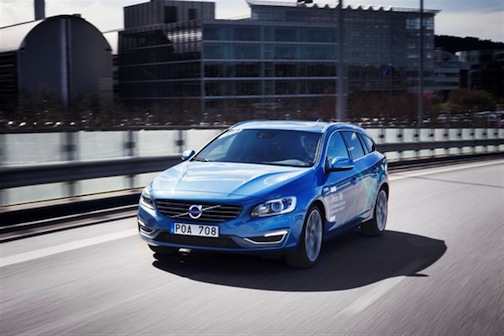Cars on Autopilot: Self-Driving or Drive Yourself?
Posted on May 27, 2021 in Safety | Comments Off on Cars on Autopilot: Self-Driving or Drive Yourself?

The first autopilot system in an airplane was developed in 1912, just as car technology was in its infancy. In the 102 years since, airplane technology has evolved so aircraft can virtually fly from point A to point B by themselves.
The human pilots are there to monitor progress, handle takeoffs and landings, and be prepared for emergencies.
We all accept the fact that planes fly themselves, but transfer the technology to cars and widespread panic sets in.
The terms “self-driving” and “autonomous” are thrown around by automakers, and perhaps most famously by Google, to describe their efforts to create a car that drives with limited human interaction. Some automakers are embracing the technology, but now at least one has put the focus back where it belongs: on the driver.
General Motors has announced that in 2017 at least one high-end Cadillac model will come with assisted driving technology, called Super Cruise, which will pave the way for cars that need limited driver interaction. One article says,
The system will allow drivers to switch the vehicle into a semi-automated mode in which it will automatically keep the car in its lane, making necessary steering adjustments, and autonomously trigger braking and speed control to maintain a safe distance from other vehicles.
General Motors CEO Mary Barra says,
Having it done for you—that’s true luxury. But rest assured, Super Cruise will keep drivers alert and engaged, and when they want to take control, they’re going to find a car that’s really fun to drive.
Volvo is also in on the self-driving game but taking a slightly different approach. The Swedish company is working toward getting 100 self-driving cars on public roads. So far, so good, according to Erik Coelingh, Technical Specialist at Volvo Car Group, who said,
The test cars are now able to handle lane following, speed adaption and merging traffic all by themselves. This is an important step towards our aim that the final ‘Drive Me’ cars will be able to drive the whole test route in highly autonomous mode. The technology, which will be called Autopilot, enables the driver to hand over the driving to the vehicle, which takes care of all driving functions.
Do consumers really want cars that drive on autopilot? Toyota doesn’t think so.
Car and Driver quoted Seigo Kuzumaki, Toyota’s deputy chief safety technology officer, as saying:
Toyota’s main objective is safety, so it will not be developing a driverless car.
Whoa. There’s a slap in the face to all automakers on the autopilot bandwagon! Toyota will, however, integrate driving assistance features into coming cars, much like Subaru has done with its EyeSight technology, and include adaptive cruise control and lane-departure warning systems.





.gif)

